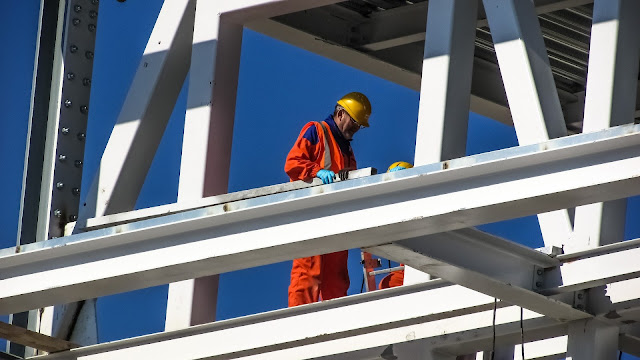The Difference between QC Inspections and Commissioning Inspections

Understanding Construction Quality Control Construction quality control is a type of management system that aims to ensure that the deliverable fulfils the guidelines and standards laid by the client. These may include completion of the project within the scope of predefined work as well as avoiding disputes throughout the project’s life cycle. Quality is established by the client and regulatory agencies, and is usually based on regulatory and environmental guidelines. All the quality assurance procedures and requirements are recorded in the construction quality management plan. There are two major facets of quality in construction: quality assurance (QA) and quality control (QC). While quality assurance describes the quality management-specific expectations and how to attain quality, quality control explains the plan to achieve the same. The construction quality control manager oversees this plan throughout different phases of the project. Understanding Construction Commissioning


